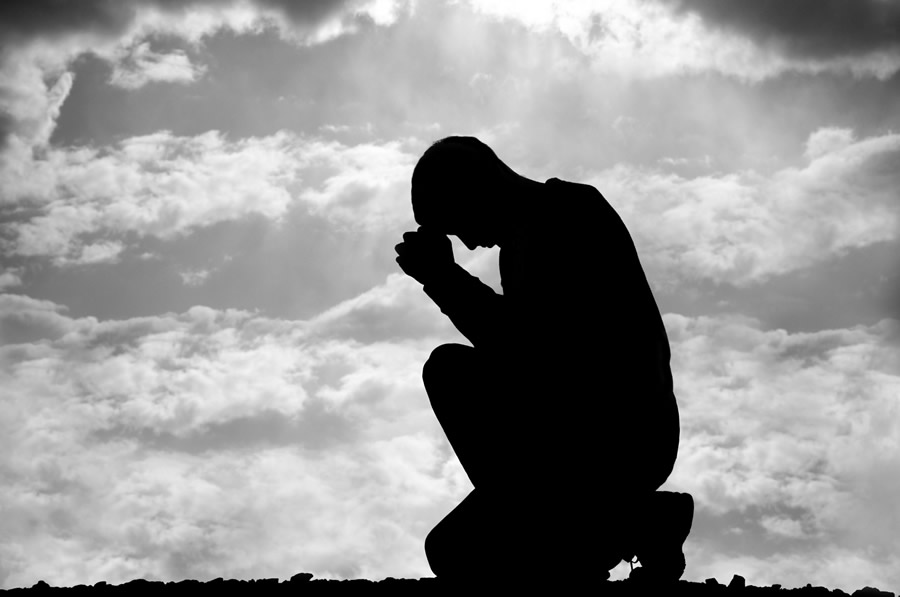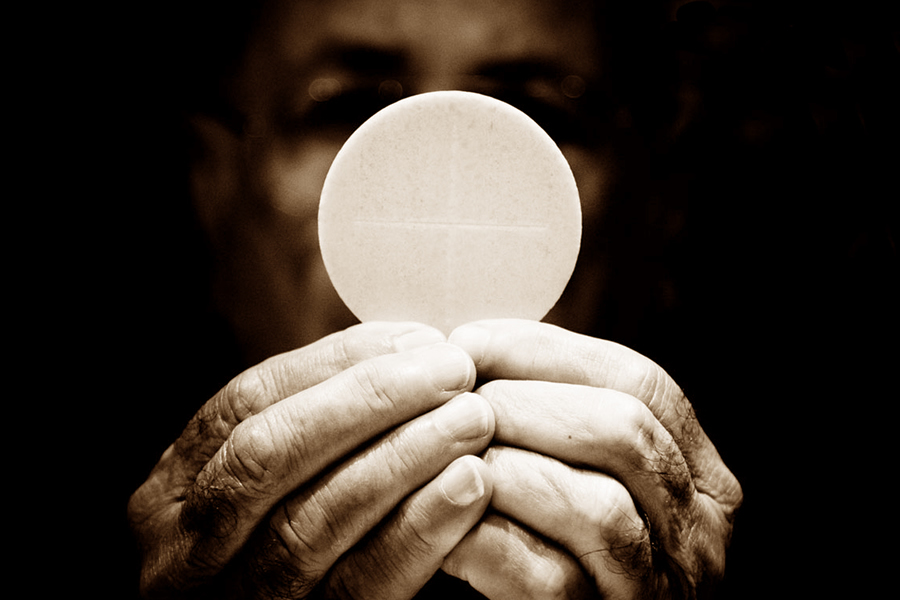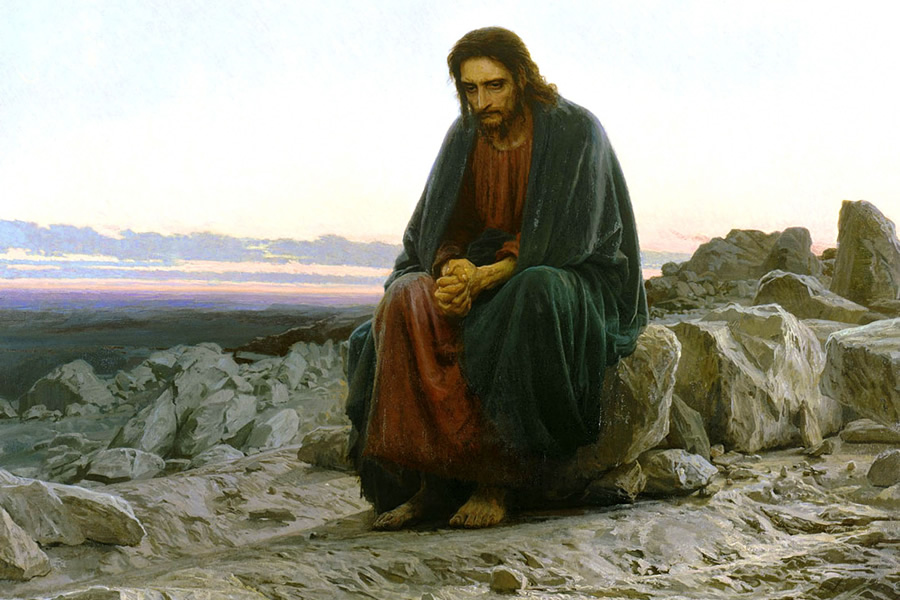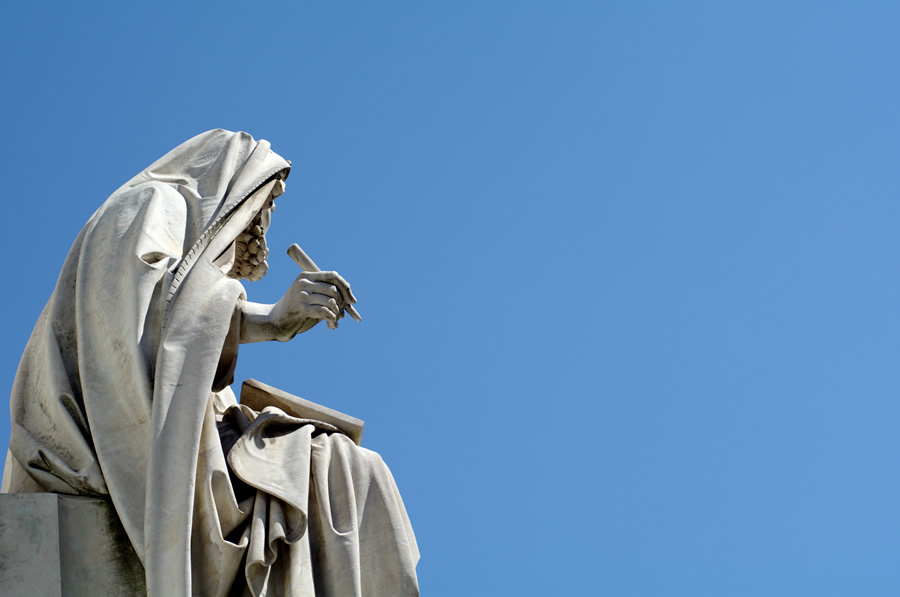October 2024
10-01-2024Reflections and ResourcesWe remain in the Church’s liturgical season of Ordinary Time this month, our attention focused on Jesus’ recorded words and actions in his time, and their meaning in ours. We are reminded of the great bond of marriage in the gospel on Sunday, October 6, (Mark 10: 2-16) and we hear that Jesus gave sight to the blind Bartimaeus on October 21 (Mark 10:46-52). The second reading on all of the Sundays of October is from the Letter to the Hebrews. The main theme of this “treatise” is the “sacrifice and priesthood of Christ”; this theme is developed so as to strengthen our own faith. From the Letter to the Hebrews we also hear that God’s word is living and effective (Hebrews 4:12), a good parallel to the words of Jesus from Mark’s gospel on that day, that all things are possible for God (Mark 10:27). You can read an introduction to the Letter to the Hebrews on the US Bishops’ Bible website at bible.usccb.org/bible/hebrews/0. And, as always, at the St. Louis University liturgy website, liturgy.slu.edu/ you can find means of preparation for each Sunday’s readings.
READ MORESeptember 2024
09-01-2024Reflections and ResourcesSeptember is here. Amazing!!! Where did the summer go? With this month comes a spirit of freshness…the school year begins, organizations hold meetings, the Patriots start a brand new season. Listen to the song Holy Wisdom, Lamp of Learning (bit.ly/LampofLearning) to capture this sense of renewal. On the other hand, we experience constancy in our Church life as we continue to celebrate the Season of Ordinary Time. During September, we will listen to Sunday gospels which tell of Jesus’ mighty deeds and Jesus’ words that help us to become better disciples. This month, along with Jesus’ disciples, we are also asked the question “Who do you say that I am?” The daily and Sunday Mass readings are always available at bible.usccb.org; you can prepare for the Sunday readings at liturgy.slu.edu.
READ MORE
22nd Sunday in Ordinary Time
09-01-2024Pastoral ReflectionsReverend Bob PoitrasDear Friends,
I’d like to introduce to you a young man from Franklin and a son of St. Mary’s Parish, Mr. Sean McKeown. Sean is a seminarian, studying for the priesthood in the Archdiocese of Boston. He is currently in his second year of preparation for Theology studies.
READ MORE
20th Sunday in Ordinary Time
08-18-2024Pastoral ReflectionsReverend Bob PoitrasDear Friends in Christ,
Earlier this year the Parish Pastoral Council and I took up a conversation about our weekend Mass schedule. My concern is the declining numbers for the 12:00pm Mass that our parish has traditionally held between September and May. During my first year as Pastor, I witnessed that our 12:00pm Mass was not only our lowest attended Mass, but it is also a Mass with the smallest collection as well as the hardest Mass to find Liturgical Ministers for service.
READ MORE
We Welcome Most Reverend Richard G. Henning, S.T.D.
08-11-2024Pastoral ReflectionsCardinal Seán P. O'Malley, OFM, Cap.Dear Friends,
The Holy Father announced that he has named the Most Reverend Richard G. Henning, S.T.D. as the tenth bishop and seventh archbishop of the Archdiocese of Boston. Archbishop-elect Henning is currently the Bishop of the Diocese of Providence.
READ MORE
(Practicing) Catholic - Recognize God In Your Ordinary Moments
08-04-2024Pastoral ReflectionsColleen Jurkiewicz DormanIt’s so easy to do the right thing because we want to tick all the right boxes. We want to live by the law. We want to accomplish the work of God. Or, at least, we say that we do.
But Jesus tells us that in order to accomplish the work of God, we have to believe in the one he sent. And to believe in Christ is to be filled with the spirit of truth — to do what is right because it is right, not because we want to be filled with good feelings.
READ MORE
17th Sunday in Ordinary Time
07-28-2024Pastoral Reflections© LPi Fr. John MuirThe world is filled with people whose basic needs aren’t met, whether for clean water, nutrition, safety, education, meaningful work, stable family life, basic medical resources, religious freedom, and the right to life. So how can we possibly believe what Psalm 145 says to us this week, “The hand of the Lord feeds us, he answers all our needs”? Does he? What about the countless poor? Can’t we identify at least a few unmet needs in our own lives right now? Is the Bible promoting wishful thinking and laziness in helping others?
READ MORE
(Practicing) Catholic - Recognize God In Your Ordinary Moments
07-21-2024Pastoral ReflectionsColleen Jurkiewicz DormanA Deserted Place
In one of my favorite shows, “Parks and Recreation,” there is a scene where one of the characters, Jerry, is tasked with stuffing hundreds of envelopes with flyers as part of his volunteer work for a local city council campaign.
READ MORE
(Practicing) Catholic - Recognize God In Your Ordinary Moments
07-14-2024Pastoral ReflectionsColleen Jurkiewicz DormanShake Off the Dust
Our kitchen floor is at least 35 years old, and it’s the ugliest color to come out of the ‘80s. But it’s a good, durable floor, and my husband, bless his heart, guards it like it was a finely finished hardwood imported from Brazil.
READ MORE
(Practicing) Catholic - Recognize God In Your Ordinary Moments
07-07-2024Pastoral ReflectionsColleen Jurkiewicz DormanA Prophet and His Native Place
“A prophet is not without honor except in his native place.” It could be the slogan of high school reunions everywhere. I speak from experience — I didn’t go to my high school reunion, but I do live in the same area in which I grew up. Ghosts from the past lurk in every grocery aisle and gas station. Former classmates fill my prescriptions at the pharmacy. I am always sure to see an old teacher or two at the Fourth of July parade.
READ MORE